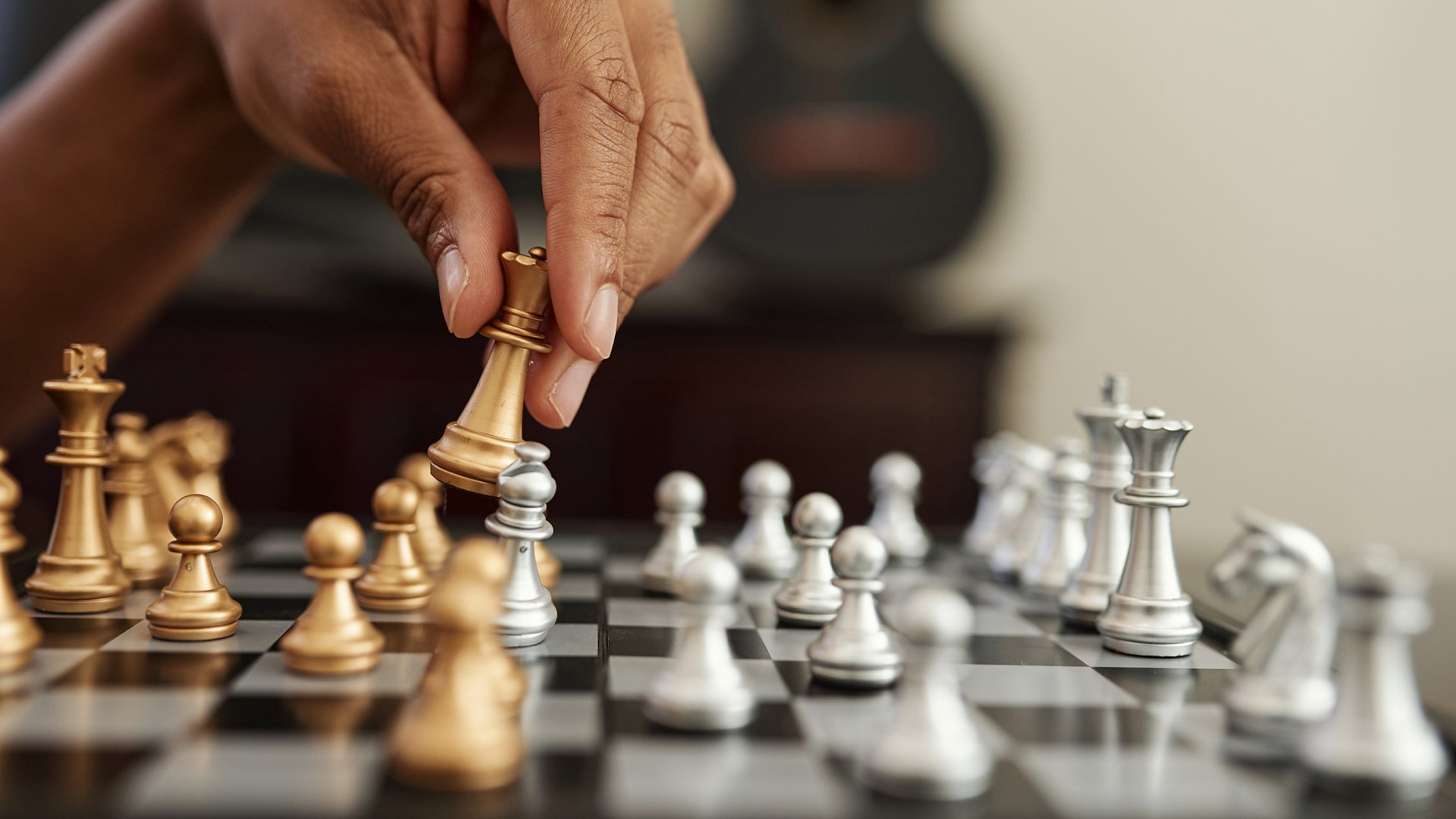Much has been expounded on the advantages of the round of chess for all age levels yet chess is particularly advantageous for kids. Indeed, even Benjamin Franklin had acclaim for the game, motivating him to compose his Ethics of Chess book.
Starting around age seven, chess has demonstrated to further develop fixation, show cooperation and persistence, further develop perusing and math scores, foster fearlessness, upgrade decisive reasoning, advance inventiveness and present key preparation.
Make Chess Ubiquitous
The most effective way to train your kid to appreciate chess is by making it a piece of their regular climate from an exceptionally youthful age.
I was encircled by guitars at home when I was growing up. My folks, aunties and uncles were avocational artists and performers. They were my good examples. I normally inclined toward playing myself, in light of the fact that a guitar was promptly accessible at whatever point I was cruising by. One was there at whatever point I had an unexpected interest in evaluating that new harmony I heard en route to anything I was doing. With every little achievement, playing guitar became fun. A similar learning model can work for chess.
Be A Good example
Begin by playing chess with your kid yourself. It’s simpler than you might suspect. Keep a functioning chess set in a typical region at home open and accessible to the curious kid as they cruise by. Have informative books about chess accessible at home and assuming that chess is your #1 game, show chess propelled workmanship. Begin or backing a chess club or scholastic educational program in your kid’s school and locally and get that person included. Hold chess themed gatherings and welcome loved ones to play chess at your home. Keep a movement chess set in your vehicle and urge your kids to play during long outings. Make chess a normal action in the existence of your youngster.
Start showing your kid with straightforward types of the game like these underneath, and like perusing, assist your youngster with developing into more prominent comprehension and intricacy.
The Pawn Game
* Set up the pawn chess pieces on the chessboard, and see which player can get the most parts of the opposite side.
* Pawns push ahead each square in turn, aside from whenever they first move, they can decide to move a couple of squares.
* Pawns just catch adversary pawns slantingly, and if figuring out a rival pawn, are “stuck” set up until a nearby inclining choice opens up.
This is an effective method for figuring out how the pawns move, and the advantage of cooperation from the contiguous pawns. There is a pawn extraordinary case, called an en passant (in passing), which isn’t required here for this straightforward game.
The Knight Puzzle
* Set up the board with a knight in the middle region of the board totally encompassed by the eight (8) rival pawns.
* Recall that the knight is the main piece that can get around different pieces, and moves in a L example, for example either two-squares, then one square, or one square, then two squares, each toward any path.
* Next have your youngster hop the knight out of the middle, then catch every rival pawn progressively, without leaping to a clear square.
* Catches are made my hopping onto a rival involved square.
This is an incredible activity to figure out how the knight moves, and “see” its impact on the encompassing pieces.
The Pawn/Knight Game
* Set up the board with pawns and knights.
* Once more, play the Pawn Game, this time with protecting and going after knights.
* Safeguarding the main and following pawns will make this game a greater amount of a fascinating test.
* At the point when a pawn arrives at the furthest edge of the board, it is viewed as protected.
* Once more, s/he with the most pawns on the furthest edge wins.
* In the event that all pawns are caught prior to arriving at the furthest edge, the game finishes in a tie.
In the event that you need to leave one of these games incomplete under any condition, leave it with no guarantees, so your kid can see it each time she or he elapses by.
Make chess a piece of your kid’s regular day to day existence. In the event that the game is promptly accessible and your kid is encircled by others having a good time there will be a lot more prominent probability of rousing a youthful brain. Make sure to show restraint on the grounds that your youngster has a more limited capacity to focus than a grown-up.
Chess is positively not by any means the only instrument to assist your kid and you with working on mental and interactive abilities however it is a 2,000 year old game demonstrated to improve knowledge and it’s an extraordinary method for investing energy and security with your kid.

